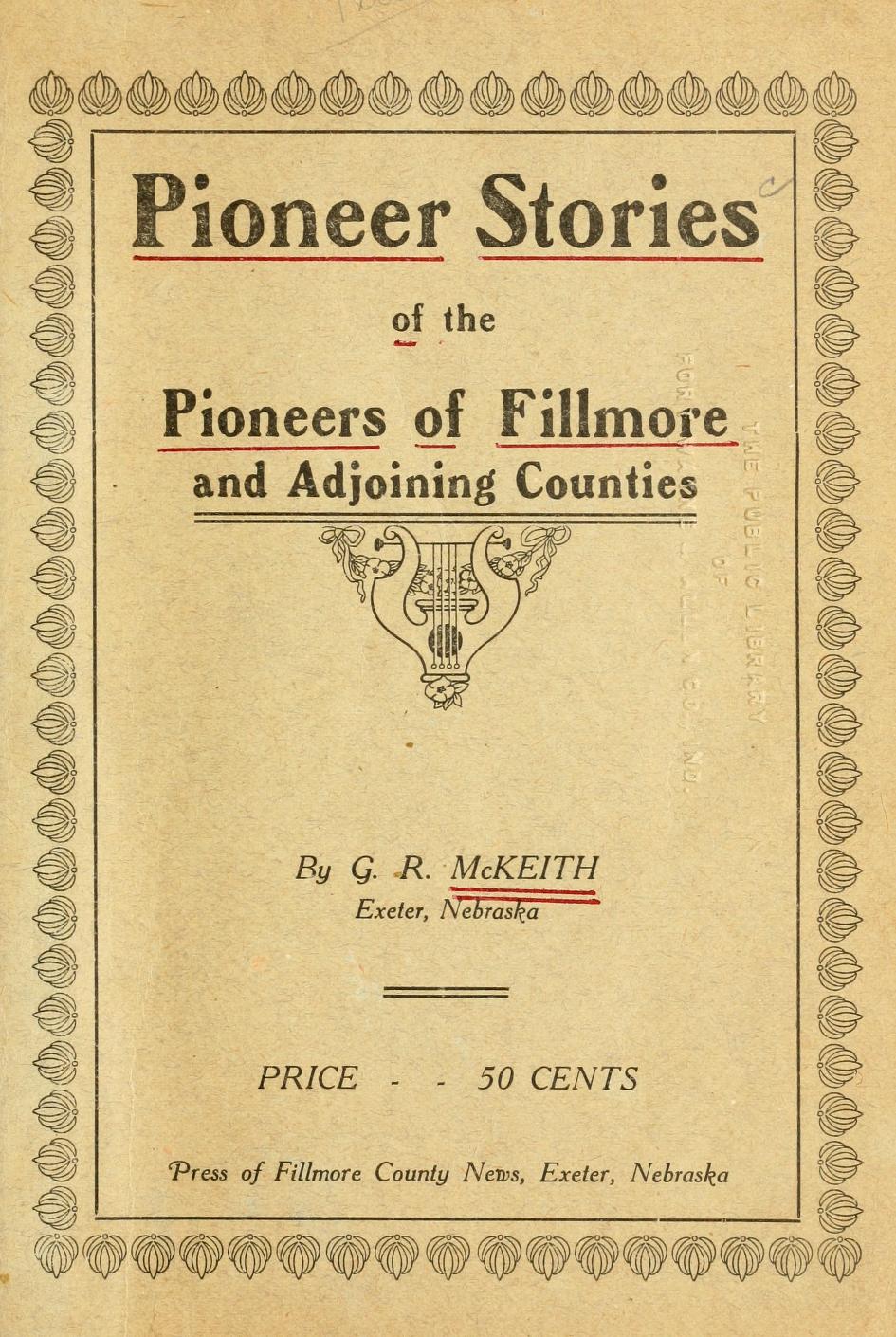John T. Borland of Fillmore County
John T. Borland arrived at his homestead near Pleasant Hill, Nebraska, on May 12, 1871, after traveling from Illinois with his wife and goods in a mule-drawn wagon. They initially lived in a makeshift sod tent before building a more permanent sod house with a shingle roof and a board floor. Borland’s early days included a scare when he accidentally disturbed his wife’s sleep after returning home late. They celebrated the first local July 4th at Turkey Creek. Despite challenges like coyote raids, blizzards, and grasshopper infestations, the Borlands established a well-equipped home and contributed to the community, including bringing the first load of lumber to Exeter.

